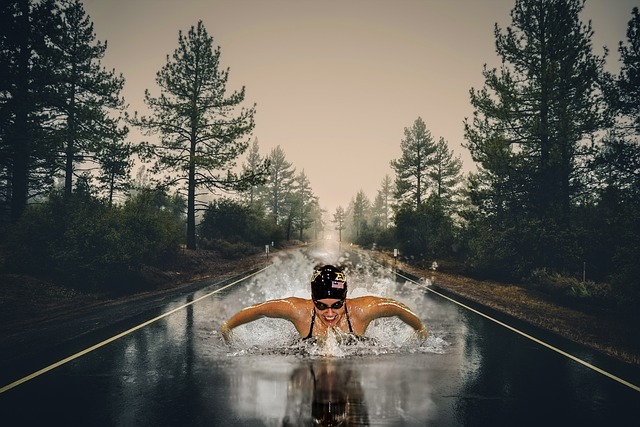In the rapidly evolving world of digital display technology, mastering image manipulation techniques has never been more essential. With the advent of high-resolution displays, such as 4K and beyond, the expectations for image quality have soared. Whether you’re a photographer, a graphic designer, or simply a tech enthusiast, understanding how to manipulate images for optimal viewing on modern monitors is a skill worth acquiring.
When we talk about resolution, we refer to the number of pixels contained within a display. Higher resolution means more pixels, resulting in sharper images and finer details. Imagine watching your favorite film on a high-definition TV. The clarity and vibrancy of the visuals can significantly enhance your viewing experience. Similarly, when performing image manipulation, it’s crucial to consider how different resolutions impact the final product.
One of the first steps in successful image manipulation is understanding the technical aspects of your display technology. Each type of monitor has its own unique color profile and level of detail. Calibrating your monitor to accurately reflect true colors can make a world of difference when editing images. Software tools are available that let you adjust settings for optimal visualization, ensuring that your images look spectacular on various displays.
As you delve into the realm of image manipulation, familiarizing yourself with various techniques can open up a new world of creativity. Techniques such as color correction, cropping, and layering not only improve image quality but also allow you to maintain the integrity of images across different resolutions. For high-resolution displays, pay special attention to scaling your images; using vector graphics and high-resolution assets ensures that your images remain crisp, no matter the size.
When manipulating images for large screens, consider the visual impact of each adjustment you make. Dramatic changes can look fantastic on a small monitor but may lead to undesirable results when displayed on larger TVs. Apply subtle adjustments to enhance details without sacrificing quality. The goal is to achieve a balance that captures attention while still depicting a realistic visualization of the subject.
With advancements in technology, we now have access to sophisticated software that can elevate our skills in image manipulation. Programs like Adobe Photoshop, Lightroom, and Affinity Photo are equipped with powerful tools specifically designed for high-resolution editing. Exploring these options can refine your expertise and help you produce visuals that truly shine on any display technology.
Incorporating the latest techniques and staying updated on trends in display technology will set you apart from the crowd. As we look towards the future of monitors and television screens, remember that the art of image manipulation will continue to evolve. Adapting to these changes and honing your skills will not only enhance your creations but also ensure that your work remains relevant in an ever-advancing digital world.




